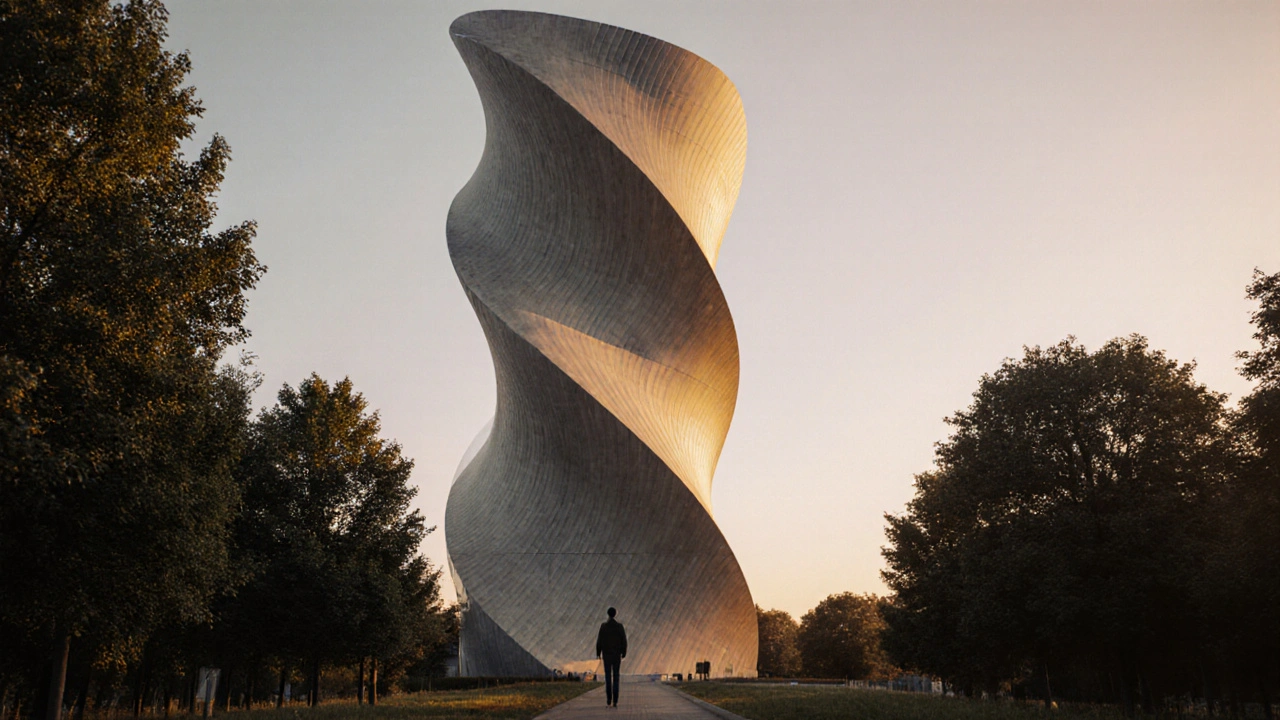Expressionist Buildings: Raw Emotion in Architecture
When you think of architecture, you probably imagine clean lines, symmetry, or timeless elegance. But expressionist buildings, a radical 20th-century architectural movement that prioritized emotion over order. Also known as architectural expressionism, it’s the style that lets buildings scream, tremble, or dance—instead of standing quietly. This isn’t about decoration. It’s about how space makes you feel. Think of a building that looks like it’s twisting in pain, or soaring like a flame. That’s expressionism in action.
Expressionist buildings emerged after World War I, when artists and architects were tired of rigid traditions. They wanted to reflect inner turmoil, hope, and spiritual longing—not just utility. Architects like Bruno Taut and Erich Mendelsohn used curved walls, jagged roofs, and glowing glass to create structures that felt alive. These weren’t just homes or offices—they were emotional experiences. You didn’t just walk into a building; you felt it. This style overlaps with modernist architecture, a broad movement that broke from historical styles to embrace new materials and ideas. But while most modernism chased efficiency and minimalism, expressionism chased intensity. It’s the cousin of emotional design, the idea that spaces should trigger feelings, not just serve functions. And it’s the ancestor of today’s deconstructivist and parametric designs that twist form for drama.
What makes expressionist buildings stand out isn’t just their looks—it’s their courage. They reject neutrality. They ask you to feel something, even if it’s uncomfortable. You’ll find them in early 20th-century Germany, the Netherlands, and Austria—often in theaters, memorials, or experimental housing. Their materials were raw: brick left exposed, concrete poured without polish, glass shaped like frozen waves. They didn’t hide their structure; they made it the star. And that’s why they still feel so powerful today.
Below, you’ll find a curated collection of posts that dig into how expressionist buildings pushed boundaries, influenced later movements, and still echo in today’s most daring designs. Whether you’re curious about how emotion gets built into walls or why some structures feel like they’re breathing—you’ll find answers here.

Masterpieces of Expressionist Architecture You Must Visit
Discover five iconic expressionist buildings that blend emotion with architecture-curved towers, glowing glass, and bold forms that still inspire today. Visit the Einstein Tower, Goetheanum, Chilehaus, and more.
Read more